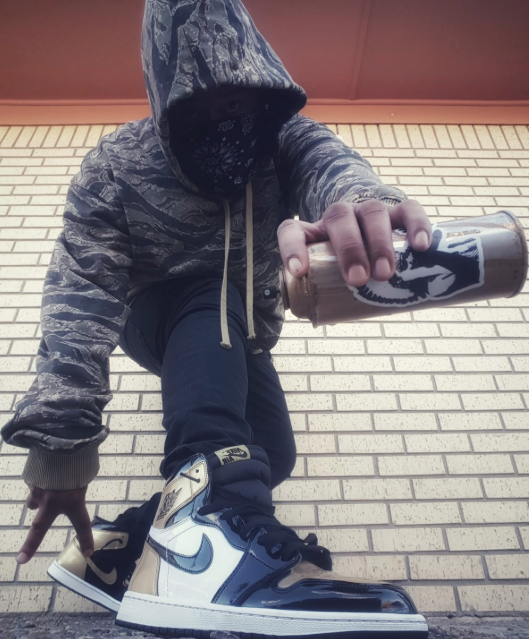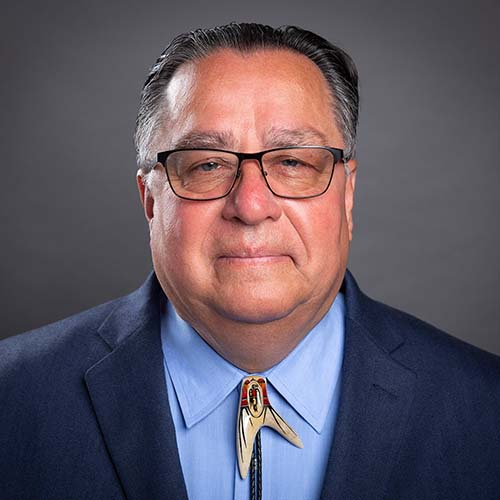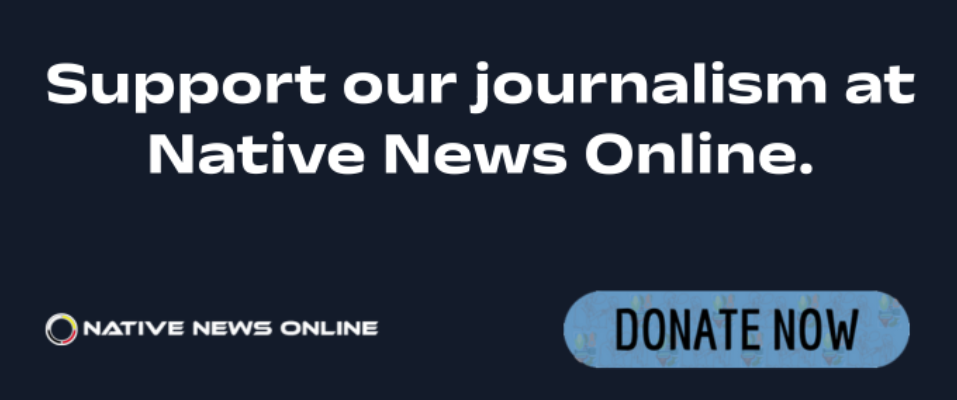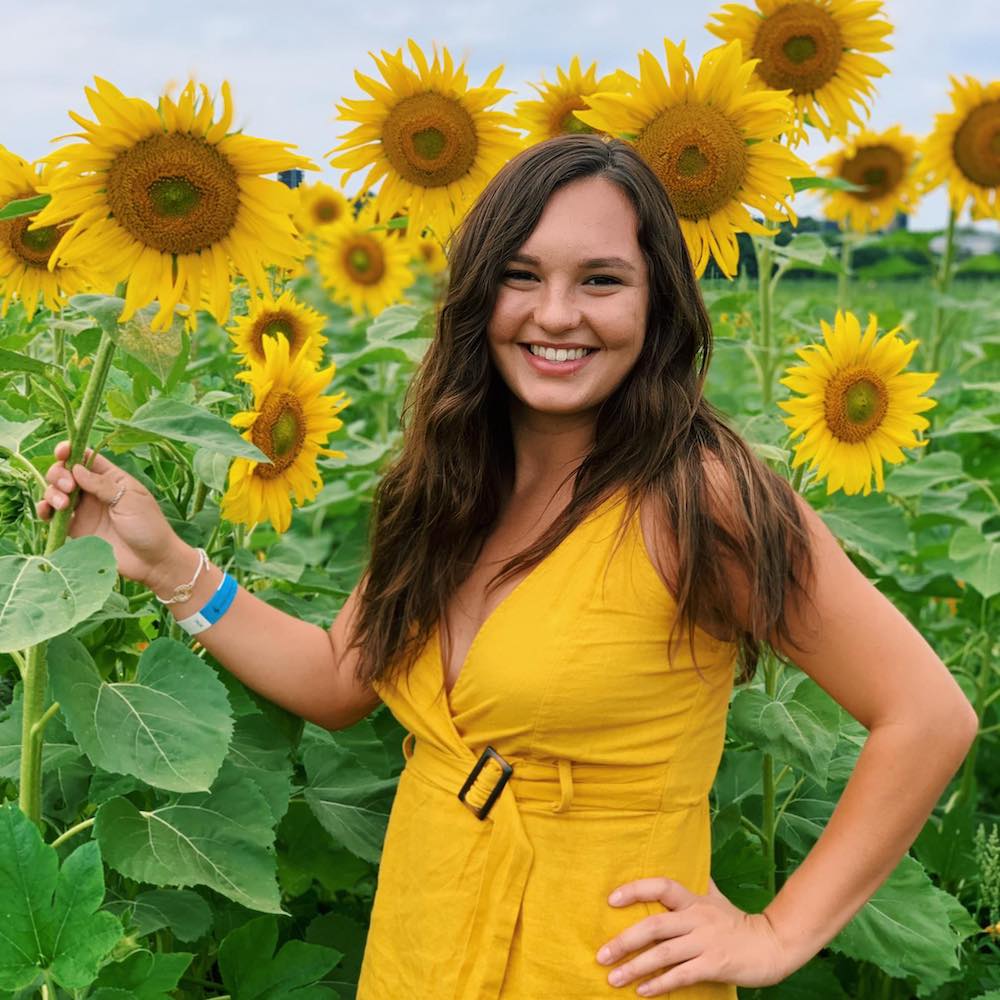
- Details
- By Kaili Berg
During the Santa Fe Indian Market weekend on Saturday, August 16, the 4KINSHIP flagship store will host Rebellious Threads: Upcycled Luxe and Indigenous Roots, a one-night fashion show that blends streetwear, art, and movement with Indigenous culture and sustainability.
The event is a collaboration between 4KINSHIP, Indigenous Futures 4EVER (IF4), and The Son of Picasso, with support from Pinterest and The Frost Foundation.
“I wasn’t planning on doing another show this year,” Amy Denet Deal (Diné), founder of 4KINSHIP, told Native News Online. “I’d been pretty burnt out. But then I met The Son of Picasso at our last Next Gen Market, and instantly, we just clicked. We’re so aligned in how we think about design and giving back.”
The show will be held inside 4KINSHIP’s newly expanded 2,400-square-foot flagship in Santa Fe. Dea is clearing the entire store to create a blank canvas for creativity.
“It’s going to be one big white space where anything can happen,” Deal said. “Skating, dance, spoken word, live music, fashion,it’s whatever this generation wants to express.”
The show centers around the idea of Upcycled Luxe, a mix of secondhand materials, Indigenous design, and high-fashion energy. Designers and performers are flipping the script on fast fashion, using their work to push back against erasure and bring Indigenous creativity to the front.
“Upcycling is inherently Indigenous,” Deal said. “It’s how we’ve always done things, with intention, respect, and creativity. And it deserves more space than it usually gets at big shows.”
Attendees can expect to see original designs from The Son of Picasso, Deal’s own label, and a stacked lineup of Indigenous creators like Adamari Salaiz, Ty Fierce Metteba, Raven Bright, DJ Kuwani, and more. There’ll be fashion, art, music, skating, basically, a full-on experience.
Native News Online spoke with Son of Picasso (Benjamin Nelson) on the evolution of his fashion label, his background in graffiti and fine art, his commitment to sustainability and community empowerment, and his upcoming debut at Santa Fe Indian Market. This interview was edited for clarity and brevity.
Can you just introduce yourself, and then explain what inspired you to start Products of My Environment?
Well, my government name is Benjamin Nelson, but I don’t go by that given name. I go by The Son of Picasso, and that’s what I create by, that’s my artist name.
Originally, I’m a graffiti artist and a fine art painter. I laugh and tell people I literally was just bored of watching paint dry one night. I was working on a piece that was really sculptural, and the angles just weren’t right. I had a dress form in my studio, and I just started draping fabric across it, unintentionally. One thing led to another.
I’m a self-taught artist, so I always look to artists who’ve inspired me. Allan Houser’s sculptures really resonated with me. In my early collections, I played with the idea of human beings as living sculptures. I wasn’t really messing with “fashion” per se, it was more about living sculpture.
Then I got into manufacturing for Western companies in Santa Fe. Eventually, I spun that into a separate business, apart from my painting career. Six years later, Products of My Environment just took off.
I’d been collecting scraps, Japanese selvedge denim, bandanas, whatever, because I’d return leftovers honestly, and people were like, “You can keep them.” I turned those scraps into a Best of Show winner at Santa Fe Indian Market, a Japanese selvedge textile bandana robe. That style became a staple in my brand.
What does the name Products of My Environment mean to you personally?
That name means a lot. As a painter, I know how a title can transform how something’s perceived. Growing up, I’d hear, “You don’t want to be a product of your environment.” I was born in the ‘80s, a Reagan baby, and I grew up in the war zone in Albuquerque.
But the idea of making products from your environment, that’s something else. My friends growing up were inner-city kids, some in gang culture. My dad’s a fine art painter, he painted every day, and our home became a safe space.
My friends would call me The Son of Picasso because that’s how they referred to my dad, “There’s Picasso, and there’s the son.” That family energy stuck with me. That’s what I try to bring into my brand: unity and inclusion. This world is hard enough. I want people to feel welcome in what we create.
What can people expect from your Santa Fe Indian Market debut?
This collection is completely different from anything I’ve done before. I’ve always loved the sustainable aspect of fashion.
I’ve gotten to a point where I can break down a garment so well that you can’t tell where it came from, but with this one, I held back. I’m letting those original textiles show through more. Expect a lot of asymmetry, cool silhouettes, some really different stuff.
What stories or messages are you trying to convey in this collection?
I always design from a standpoint of responsible capitalism and manufacturing.
Being Plains Native, I think of the mantra, “We use the whole buffalo.” That’s what I’m doing with these fabrics, sourcing locally and making pieces that can stand with anything from St. Martin’s.
You’ll see elements of protest art, streetwear, and high fashion, but it’s all sustainable and sourced here in America.
How do you hope your show impacts how people view Indigenous fashion?
Our clothes are made on Native land by Native hands. We’re one of the few brands that manufactures in America and sources domestically. I sew every single garment. That’s made us stand out. I’m excited for the spotlight.
Are there any dream collaborations?
I’d love to collaborate with Rick Owens. I’ve always had ideas for getting into footwear, that’s actually how I got into fashion, being a sneakerhead as a kid. Once you get the shoes, you need the fit. Fashion became the next step.
What influenced your style growing up?
Growing up, I loved the Chicago Bulls and Jordan. But my parents were first-gen off the reservation. My dad was a full-time painter, and money was tight. I got into painting because I couldn’t afford Jordans.
I entered a youth art contest at a Pueblo show, won the cash prize, and bought shoes. That moment changed my life, I realized I could help my family through art. My plan was either NFL, lawyer, or artist. One of them worked.
What do you hope Native youth take away from your journey?
That anything is possible. You don’t have to go to art school. Just want it hard enough and you can manifest it.
More Stories Like This
Zuni Youth Enrichment Project Takes Top Emerging Artist Apprentices to Phoenix for Artistic Exploration and Cultural ImmersionFrom Dishwasher to Award-Winning Chef: Laguna Pueblo's Josh Aragon Serves Up Albuquerque's Best Green Chile Stew
Rob Reiner's Final Work as Producer Appears to Address MMIP Crisis
Vision Maker Media Honors MacDonald Siblings With 2025 Frank Blythe Award
First Tribally Owned Gallery in Tulsa Debuts ‘Mvskokvlke: Road of Strength’
Help us defend tribal sovereignty.
At Native News Online, our mission is rooted in telling the stories that strengthen sovereignty and uplift Indigenous voices — not just at year’s end, but every single day.
Because of your generosity last year, we were able to keep our reporters on the ground in tribal communities, at national gatherings and in the halls of Congress — covering the issues that matter most to Indian Country: sovereignty, culture, education, health and economic opportunity.
That support sustained us through a tough year in 2025. Now, as we look to the year ahead, we need your help right now to ensure warrior journalism remains strong — reporting that defends tribal sovereignty, amplifies Native truth, and holds power accountable.
 The stakes couldn't be higher. Your support keeps Native voices heard, Native stories told and Native sovereignty defended.
The stakes couldn't be higher. Your support keeps Native voices heard, Native stories told and Native sovereignty defended.
Stand with Warrior Journalism today.
Levi Rickert (Potawatomi), Editor & Publisher


